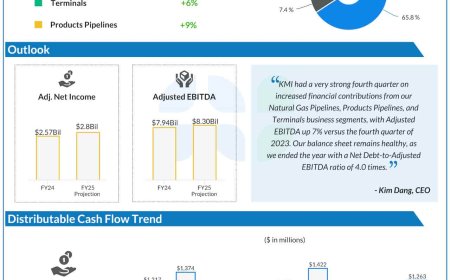Do Magic Money Boxes Exist?
In 2019 I purchased a device that was printing money so fast that it took less than a week to make back its cost. Here's what it was...

In late 2019 I found the closest thing to a magic money box.
It was a device that could be purchased for $299. Once it was set up properly and plugged into the wall, it began sending cryptocurrency right to my crypto wallet.
The device was printing money so fast that it took less than a week to make back the cost of the box.

By the end of the month the box had printed 5x more than its cost!
And there was nothing to do. Just sit back and let the device work for you.
This must have been what early bitcoin mining felt like!
I was so excited about this discovery that I urged my crypto readers to buy a few of these magic money boxes for themselves.
Some readers listened and bought a few for themselves.
A couple readers bought dozens of these magic money boxes. One wrote:
“Just wanted to thank you for all your information on the Crypto Universe. I’ve earned 224 [tokens] since they’ve been running. Thanks for the info. Always look forward to your updates.”
Based on this reader’s message, he could have turned a $300 investment into $11,200 at its peak.
Not bad, right?
Of course, they weren’t really magic money boxes.
They were the earliest Helium miners — a device that paid Helium tokens (HNT) in exchange for providing network bandwidth.
Helium was the first project in an innovative crypto space called Decentralized Physical Infrastructure Networks, or DePin for short.
Last week I told you how the same blockchain technology powering cryptocurrencies can be used to decentralize the world of science.
DePin does the same thing for a variety of services like the internet, energy and even map-making.
And I believe it represents another massive opportunity for investors.
Here’s why…
What is DePIN?
Imagine if instead of big companies owning all the important technology we use every day, regular people could contribute their own equipment and get paid for it.
That’s what DePIN does.
It creates networks on the blockchain where people can share their resources and earn digital tokens as a reward.
These tokens work like digital money that can be traded or sold. In practical terms, this incentivizes crowd-sourcing of physical infrastructural services.
Some people use it to share computer storage space.
Others use it to create better maps by driving around with special cameras.
There are even projects where people share solar panel power with their neighbors.
The DePIN networks generate revenue by making these resources available to users for a fee.
And users are attracted to this service because it’s cheaper than corporate-owned services.
What’s more, as the network grows the native token also grows in value.
That means more rewards for providers, higher attraction for investors and more providers added to the network.
That’s the flywheel cycle described in this chart:
You can see how DePIN could be used for a lot of different purposes…
But where I’m particularly excited about DePIN right now is in the wireless mobile sector.
A Wireless World
It works like this: People buy special internet hotspots and put them in their homes or businesses.
These hotspots create a network that anyone nearby can use.
And when someone uses the network, the hotspot owner gets paid in digital tokens.
It’s like turning your home internet connection into a mini internet service provider.
What makes this really interesting is that these hotspots can provide both regular WiFi and 5G cellular service.
Think about all the places where cell service is spotty or internet options are limited.
With DePIN solutions in place, local community members could solve these problems themselves while earning rewards for their help.
The best part? This system can grow naturally based on what each community needs.
If one neighborhood needs better coverage, more people there can set up hotspots.
If another area already has good coverage, fewer hotspots are needed.
It’s much more flexible than waiting for big companies to decide where to build new cell towers or lay new cables.
And that brings me back to my “magic box” that mined Helium tokens.
Because today Helium Mobile is using those Helium tokens to help revolutionize the mobile industry with community-powered wireless networks.
It’s an incredible growth story readers of my Strategic Fortunes and Next Wave Crypto Fortunes are familiar with.
According to its third quarter report, the company already has 49,000 hotspots that drive IoT and mobile networks.
And in just three months, it offloaded 88,000 GB of carrier data to over 116,000 mobile subscribers.

Source: https://messari.io/
That’s a gain of 10,202%!
And as more people join in, the network is getting stronger and more useful every day.
That’s why I’m so excited about the prospects of Helium and of DePIN in general.
Looking ahead, this new decentralized model could be a game-changer.
Imagine traveling to another city and automatically connecting to secure, community-powered networks instead of hunting for public WiFi.
Or picture rural areas getting better mobile service because locals decided to work together instead of waiting for big companies to help.
As DePIN grows, we might see similar community-powered networks pop up for all sorts of services.
Maybe one day you’ll earn rewards for sharing your home’s energy, offering storage space in your garage or helping to map your neighborhood.
DePIN is all about communities coming together to build and share the services they need, while earning rewards for their contributions.
And there’s still time for you to get in on the ground floor.
Regards,

Ian King
Chief Strategist, Banyan Hill Publishing












































